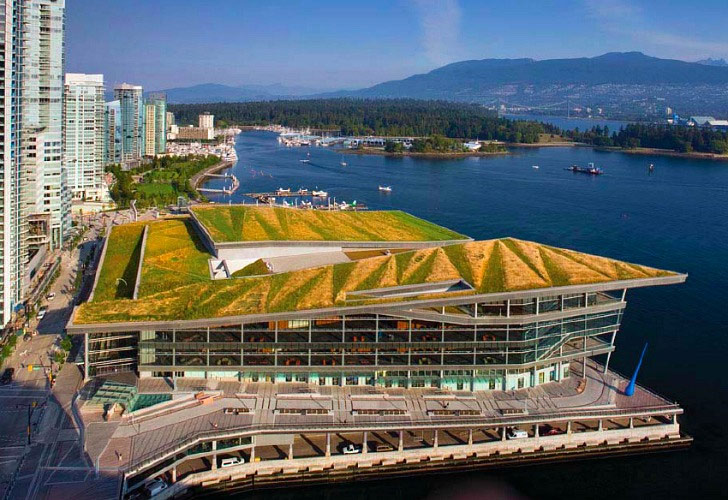For the last 100 years, power has been associated with luxury. The more powerful your air conditioning system at home, the more lighting and flexibility in lighting and the more plugs you have for all of your devices, the higher the value of your house. In essence, the power bill reflects how hospitable your house is and how hospitable or luxurious you perceive public venues and hotels and restaurants. You should feel threatened by LED lights used in moderation, weakened air conditioning systems, and lower gallon per minute shower heads, which all lower energy costs. With all of these issues resolved with equal effective lighting levels, equal effective air temperature and quality control, and equal plumbing capacity, something feels less valuable when we are used to impressive ice cold malls littered with LCD screens and their grounds covered in blooming fountains. For these reasons, we look back to before electricity became common place and are seeing what indicated luxury then: ultimately, similar to now, contemporary connections to enriching culture, well thought out symbols as extreme as the obelisk in front of the Pantheon at its time and at its place or a California Craftsman home today, as a vote of loyalty to a good format for living.
Green building also represents a change for the air conditioning, electrical, and plumbing industries. The income from sold equipment goes down, the value of design work goes up, but only for a time during this transition phase. What do we do tomorrow to preserve these industries? Can we invest more in engineering design, respecting the mechanical, electrical, and plumbing in buildings as much as the inhabited and physically observed space and continue to think of their synthesis, where they come together, where their design intention overlaps, where engineering inspires architecture, and scenarios where the right air conditioning can be more interesting than its enclosure. Is it a culturally significant decision to begin contrasting the Roman aquaducts, the Los Angeles aquaduct, and what feeds this sink or that toilet, to the architects’ form follows function of visual culture thesis? Can our modern physics and chemistry explain to us the difference between one culture’s plumbing and another culture’s plumbing? Can we begin investing in better electricity, better air conditioning, and better plumbing, both in terms of novel paradigms in science and novel paradigms in design?
While one may feel the effect of the building is cheapened with lower power, lower air conditioning, less flexibility with used electrical equipment, if design is constrained by the traditional roster for good buildings, all is well. Today, green building is a part of culturally significant conversations, but this conversation should be a very contemporary one. If the roster seeks to find the line where green building inspired design and contemporary design standards not only overlap, but reinforce and magnify each other, we have a score. At this point, translation and bridges become easy, and what was before LEED becomes common place, accessible, and ingrained in our culture. We are still asking ourselves the same questions: are LEED platinum buildings the future, are they necessary, how much of our green building inspired designs are advertising and how long will they last, and how do we build more thoroughly intended long lasting cities, with green building standards accounted for as rationally as possible.
